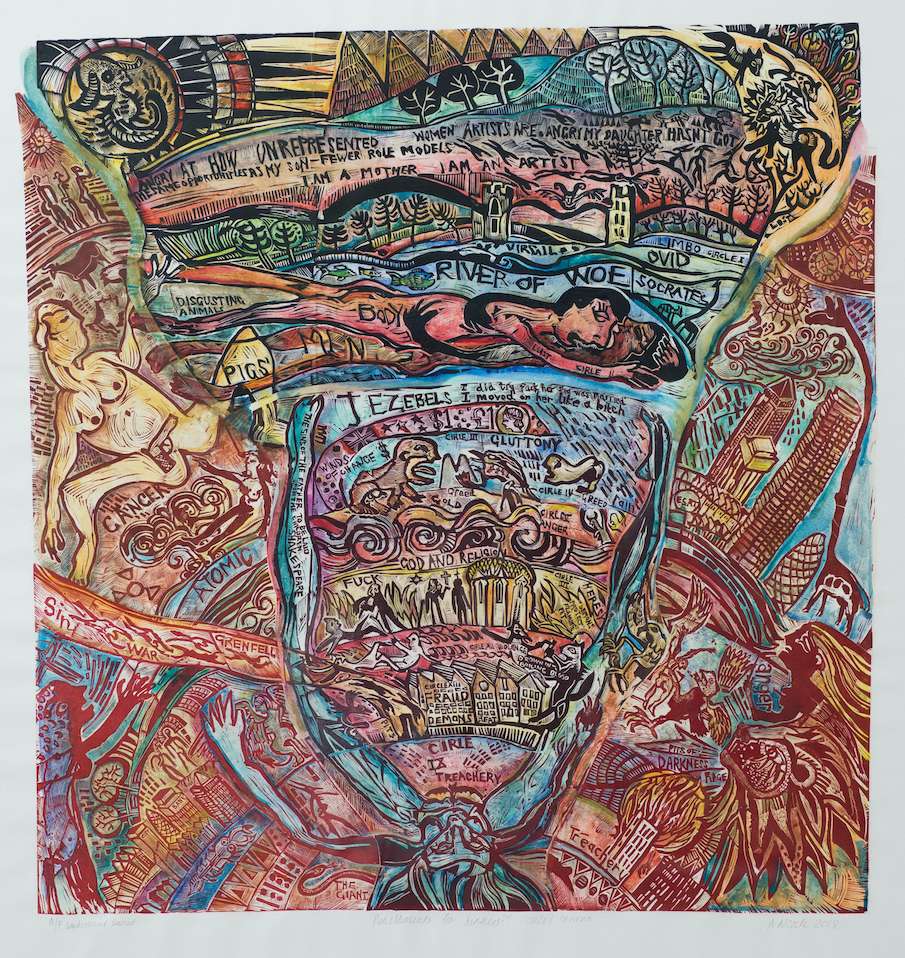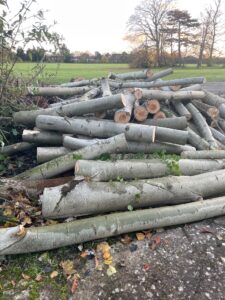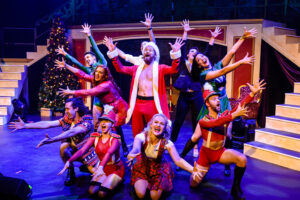LOOP has been presenting the best in new printmaking through annual exhibitions since 2005. The 2021 exhibition featured recent work from internationally exhibiting artists, founders of print studios and recent Camberwell College MA Printmaking graduates who use traditional and cutting-edge technologies to push print as an art form. Bankside is the Gallery of the Royal Watercolour Society (RWS), and the Royal Society of Painter Printmakers (RE). Its vibrant exhibitions celebrate the very best in contemporary water-based media and original print, championing the work of both new and established artists. Bankside’s excellence in Print demonstrate it is the perfect venue for the group to return to for the tenth time for the 2022 show:
‘We are delighted to welcome LOOP back for their tenth exhibition at Bankside Gallery. LOOP’s emphasis on innovative and imaginative printmaking is a perfect fit with our gallery, and we always look forward to their vibrant shows that feature such an exciting array of works and attract a wide-ranging audience.’
The term ‘limited edition print’ often puzzles people, who try to decipher what is meant, whether the print is an original derived from one of the many printmaking techniques, or whether it is a copy of a unique piece of art that has been reproduced usually using the giclée method. No matter how high grade the printing is, the latter is a reproduction, whereas the former is a production, a hand printed inked piece of art.
Limited edition prints created by printmakers – as opposed to the prints generated by work in oils or acrylics transferred into prints – are different in fundamental ways. From a plate – which can be made of a whole host of materials including metals, plastic, wood, lino, screens and many others, the artist creates their imagery which can be inked and printed numerous times. It is here that the term ‘limited edition print’ comes from – a figure that will be limited by the number of prints that can or are pulled from plates.
How many prints there can be in any edition is partly linked to the longevity of the base plate material. The standard term limited edition in printmaking means exactly the same piece is printed using the same inks and colours. Prints are numbered with the edition and print number (eg 1/40) and generally signed. In getting the print the way the artist wants it some initial prints may also be run off which can be termed artists proofs (A/P), and sometimes these are cheaper than the final end product.
Giclée printing is a fine inkjet rendering of an original artwork (Giclée is the French term for ‘spray’), most usually using a pigment ink applied in very fine droplets. There can be a print run of up to several hundred which are numbered and generally signed by the artist. The more well-known and accredited that artist is, the more
likely such limited edition giclée’s will accrue in value, but obviously not as much as the original art would. But they are more affordable if you like the work and are happy to have a reproduction.
Today printmakers use a variety of innovative approaches to editioning, covering a variety of approaches to printmaking. This is particularly true of the LOOP group of artists who have pushed techniques and made their art modern, novel and stimulating. At the risk of sounding like an oxymoron, one technique even allows for unique versions of an edition of prints. Here, a series is printed from the same plate while exploring variations of the colour and process so each print that is pulled off, while sharing the key elements, is unique. Such prints may also incorporate additional material, such as collage or overprinting. This type of work is termed a variable edition or a hybrid print. Some printmakers only pull one print from the plate truly making this an original piece. The point is that prints – and I mean the fine art limited or variable edition prints produced today – provide an affordable way of obtaining genuine fine art, and sometimes unique pieces. Such art also has the potential to increase in value.
The LOOP artists, focussing on print (but also other media) have been progressive in moving their work from 2D to 3D, using a variety of surfaces including artists books, ceramic, box constructions, wood and others. They have experimented with size, from large format hangings to small format groups of pieces. They have also tested and incorporated new techniques such as putting photopolymer gravure with monoprint or collagraph, or screen print with collage. The 2022 LOOP show will continue this interesting progression with an exhibition of affordable art by a number of experienced artists that, when hung in its typical eclectic and non-linear way lends itself to a modern and inventive show.
The combination of the LOOP artists’ fundamental ethos, Bankside’s wonderful venue, the energetic and varied work, and the affordability of Print promises that the LOOP2022 show is set to be an extremely exciting exhibition that isn’t to be missed.
Exhibiting Artists:
Anna Alcock, Helen Baines, Alison Bernal, Lynne Blackburn, Tony Broad, Andrew Carter, Richenda Court, Frank Dolphin, Scott Freeland, Ute Haring, Jane Hodge, Julie Hoyle, Fabienne Khial, Gail Mallatratt, Sarah Mander, Fungai Marima, Jennifer Moore, Ros Morley, Ann Norfield, Josephine Okell, Ralph Overill, Elizabeth Peer, Kitty Reford, Annee Robson, Handan Sadikoglu, Janet Sang, Kirsten Schmidt, Marielle Schram, Charlie Strowger, Maki Takizawa, John Tate, Tricia Torrington.
Bankside Gallery, Thames Riverside, 48 Hopton St, London, SE1 9JH from 13– 18 September. Times: Tuesday 11am-9pm, Wednesday -Saturday 11am-6pm, Sunday 11am-4pm. Admission: Free.






